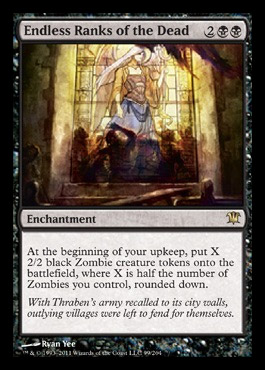
Within each third, the position of the pile after the second deal will determine which third of that third it’s in (top, middle or bottom).Placing the pile on top after the third deal will always result in it ending up in the top third of the deck similarly placing it in the middle third means it’s in the middle third of the deck, and the same for the bottom third.With a bit more investigation, the following observations become apparent: Placing the chosen pile on the bottom each time makes the card finish at the bottom.Placing the chosen pile on the top each of the three times makes the card finish on top of the deck.So what would happen if we did that?Ī little thought, and running through the trick with different combinations, reveals the following observations: It could equally have been placed on the top or bottom, on each of the three deals. True mathematicians will at this point become curious – we placed the pile in the middle each time, but we didn’t have to do that. If the pile pointed out to you the third time is then placed in the middle, the card will be the middle card in the middle pile of three, or in other words, in the middle of the whole stack – which makes it the 14th card. This tells you which set of three cards (from the middles of the three piles) the card is in – and this set of three, if you place the pile in the middle again, will spread itself out as the middle card in each of the three piles on the third deal. Now imagine your volunteer indicates the right-hand pile. (Think about this a bit more if you’re not convinced.) Since we deal the cards across the three piles, this means your chosen card won’t be in the bottom three or top three cards of any of the three piles.

This means that when you deal the second time, you know that the card you’re looking for isn’t in the first nine cards, or the last nine cards. When the cards are re-stacked, the pile containing your volunteer’s chosen card is placed in the middle. Imagine your volunteer indicates the card is in the left pile. First we need to understand what’s happened in our 14th-card version of the trick. But this trick has some interesting underlying mathematics, which can be used to perform an even more impressive version of the trick. Given that you know this is a mathematical card trick, it should make sense that as long as all the steps are followed correctly, you end up with the same result every time. You can try this trick and make sure it works – if it goes wrong, it’s usually a miscount (check you actually have 27 cards!), or a step somewhere that’s gone wrong, so try again or ask a friend to watch and make sure you’re doing it right.





 0 kommentar(er)
0 kommentar(er)
